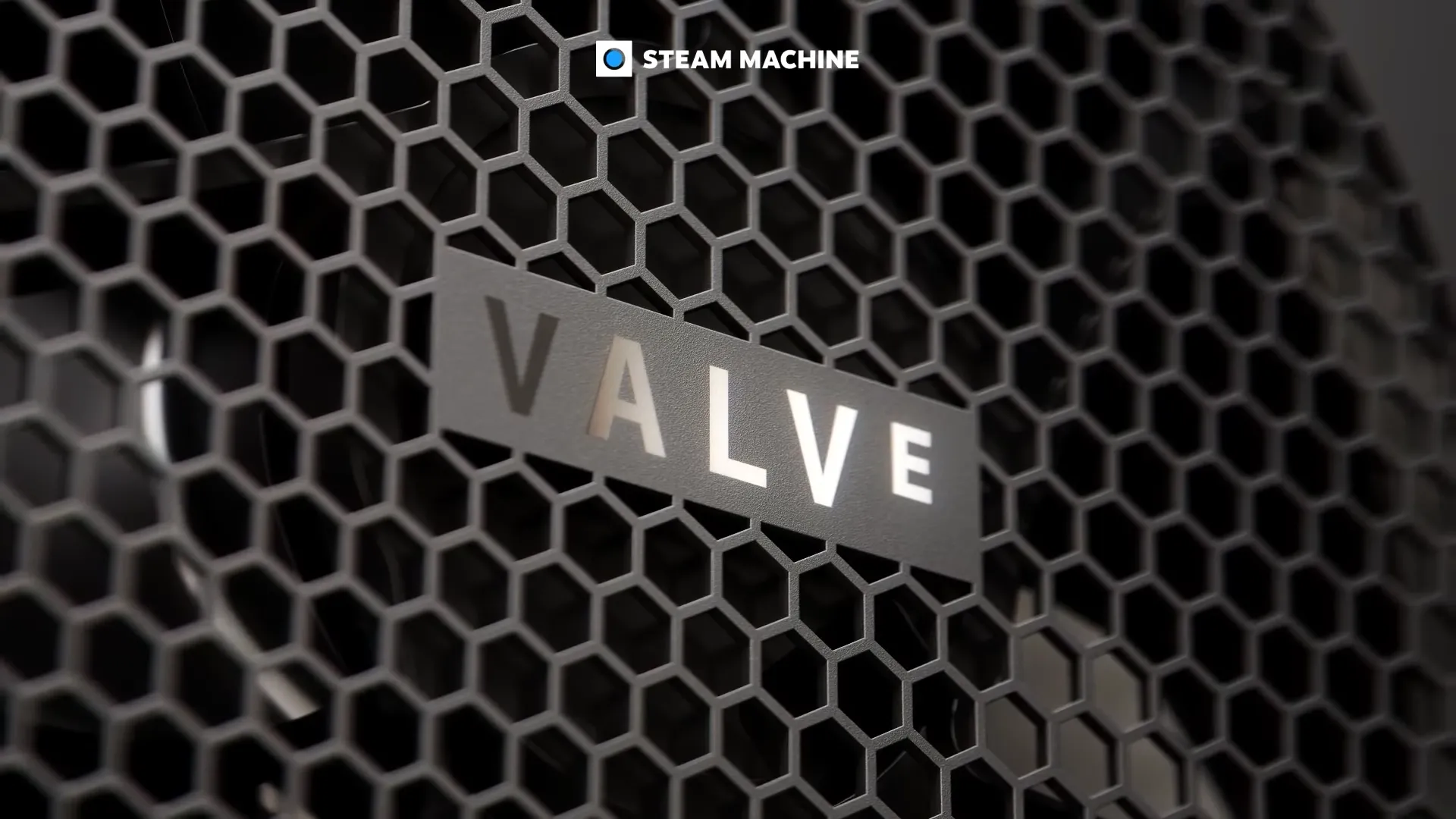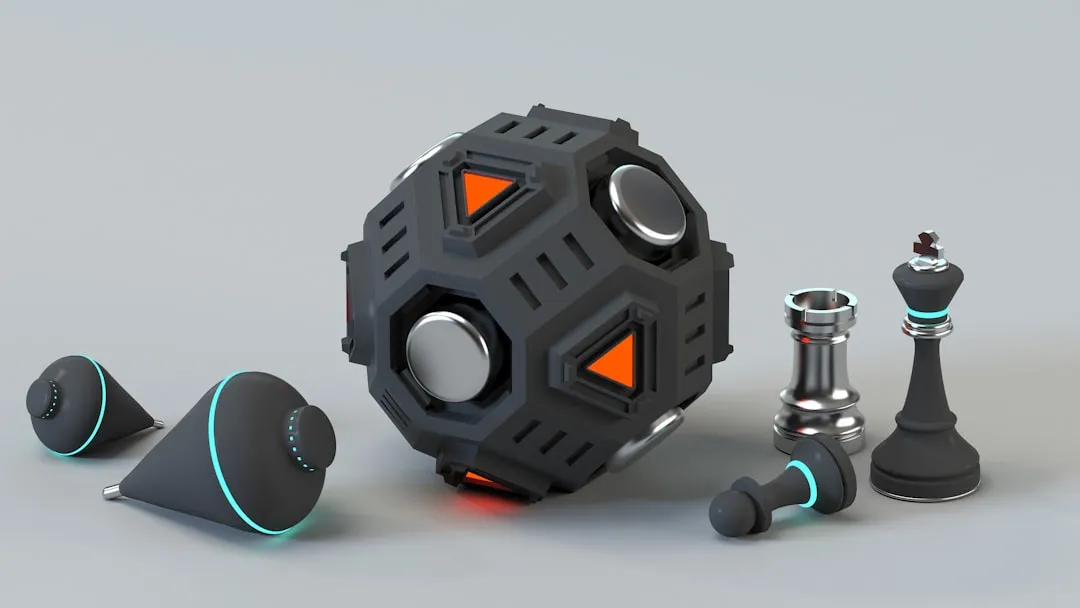Valve has just dropped what might be the most significant gaming hardware announcement in years. Not an incremental update or a lone product. A full ecosystem play that could reshape how we think about PC gaming. Three interconnected devices are launching simultaneously in early 2026, and together they represent Valve's bold vision for gaming across every screen and form factor you can imagine.
What makes this announcement compelling is not only the individual products, though each one is impressive. It is how all three devices are optimized for Steam and designed to work together seamlessly, creating an integrated ecosystem that spans handheld play, the living room, and immersive VR. By 2026, Valve wants to offer a complete alternative to traditional console gaming, unified by SteamOS and the massive Steam library we already know and love.
The timing fits the wider market. While Sony and Microsoft prepare for their next console moves, Valve is positioning itself to compete on flexibility and openness, not just raw specs. Think saves and experiences that move with you, from device to device, without friction.
Steam Frame: The VR headset that changes everything
Start with the most ambitious piece. The Steam Frame rethinks what VR hardware should do. Previously known by its codename "Deckard," it is not a simple Meta Quest rival. It is Valve's answer to making VR accessible and practical for everyday gaming.
The big idea is a dual-mode approach. It functions as a wireless, "streaming-first" headset that connects to gaming PCs through a dedicated wireless adapter, and it also works as a standalone device. No forced choice between PC power and standalone convenience. You get both.
Under the hood, the Frame is powered by a Snapdragon 8 Gen 3 processor with 16GB of DDR5 RAM. The twist is software. The Frame can run x86 Windows games on ARM via Valve's FEX translation layer, used together with Proton (Windows-on-Linux translation). That means traditional Steam games designed for Windows PCs can run on ARM hardware through real-time emulation, potentially unlocking vast portions of the Steam catalog for standalone VR.
The specs land hard. Each eye gets 2160 x 2160 LCD resolution with support for variable refresh rates up to 144Hz (144Hz listed as experimental; shipping default includes lower refresh modes). Pancake optic lenses provide a 110-degree field of view. And the entire system weighs just 440 grams, including the headstrap (Steam Frame: 440 g total vs Valve Index ≈809 g).
The real breakthrough is eye tracking with foveated streaming. The headset checks eye position more than 80 times per second, then uses a technique that concentrates bandwidth where you are looking. The result, wireless VR streaming that aims to feel wired. When you stream demanding VR games from your PC, the system dials up fidelity at your focal point and eases off in your peripheral vision to keep bandwidth in check.
This sets the Frame up as a dream for enthusiasts and a friendly on-ramp for curious players. Use it for traditional VR. Or project flat-screen games onto virtual displays and turn your Steam library into content you can enjoy inside a virtual space.
Steam Machine: Console power in a compact cube
The Steam Machine tackles a different target, the living room. This six-inch cube delivers over six times the performance of the Steam Deck, which puts it squarely in console territory rather than just another small form factor PC.
The hardware shows intent. The system features AMD RDNA 3 graphics hardware. Valve lists peak/system power characteristics in its specs (press previews reported ~200 W peak system power), enabling what Valve claims will be smooth 60fps performance for most Steam Library titles, including ray tracing features in games like Cyberpunk 2077. If those claims hold, you get console-grade performance with the reach of the PC ecosystem.
Connections are ready for couch play. HDMI 2.0, DisplayPort 1.4, gigabit ethernet, and multiple USB ports cover the usual needs. Better yet, the device can stream games to other Steam hardware, including the Frame and Steam Deck, turning it into the hub that powers the rest of the setup.
Design details matter in the living room, and Valve seems to get that. Features like swappable face plates, integrated power supply, and HDMI-CEC control move it from a small PC to a purpose-built console that runs SteamOS.
Storage is practical, too. Storage options include 512GB or 2TB configurations, with room to grow via microSD or SSD replacement. With game sizes ballooning, the 2TB option at launch feels like a nod to reality.
Strategically, the Steam Machine is not just a console competitor. It is the anchor for an ecosystem that slides between couch, handheld, and VR with the same library, saves, and interface.
Steam Controller: Bridging traditional and innovative gaming
Valve's new Steam Controller reads like a second draft with lessons baked in. Unlike its predecessor, this version includes traditional controls alongside innovative features, which address the compatibility headaches the original faced.
The component upgrades target durability and precision. TMR thumbsticks with magnetic sensors provide enhanced durability and precision. Capacitive finger sensing enables gesture recognition and grip detection. These are not just spec sheet flexes; they open up new interactions while staying friendly to classic gamepad expectations.
Battery life is practical. Valve says the Frame's bundled controllers use a single AA battery (Valve-reported runtime ≈35–40 hours); the new standalone Steam Controller's battery/setup should be stated explicitly from Valve's spec sheet. For connections, you get proprietary 2.4GHz wireless, wired connection, and Bluetooth, so it plays nicely across Valve's hardware and beyond.
The philosophy clearly borrows from the Steam Deck. Traditional inputs sit alongside Valve's touchpad tech, giving one controller the versatility to live on the couch with the Steam Machine, in VR with the Frame, or with a desktop PC.
What this means for the gaming landscape
This is not a simple refresh. It is Valve's attempt to stand up a real alternative to console ecosystems. By early 2026, the lineup spans handheld with Steam Deck, living room with Steam Machine, and immersive VR with Steam Frame, all under SteamOS and the Steam ecosystem.
Valve is withholding pricing and exact availability details, but the strategy is hard to miss. These are not isolated products. The products are designed to work together seamlessly, with cross-device streaming, shared storage via microSD cards, and unified control schemes that single devices cannot match.
The upside goes beyond specs. For PC players who want flexibility without giving up performance, this kind of integration is compelling. Start a game on the Steam Machine, move to a Steam Deck when you wander around the house, then jump into the Frame for VR, all with the same saves and settings. That kind of continuity is the point.
The early 2026 window lines these products up against whatever Sony and Microsoft ship next and puts Valve in the mix for the expanding standalone VR market. Whether the plan lands will hinge on execution and pricing, along with Valve's ability to deliver on the big technical promises.
One thing feels certain: the hardware landscape is about to get more interesting. Valve is not just iterating; it is pitching a different way to think about gaming hardware. If the vision holds, 2026 could be remembered as the year everything shuffled.

























Comments
Be the first, drop a comment!